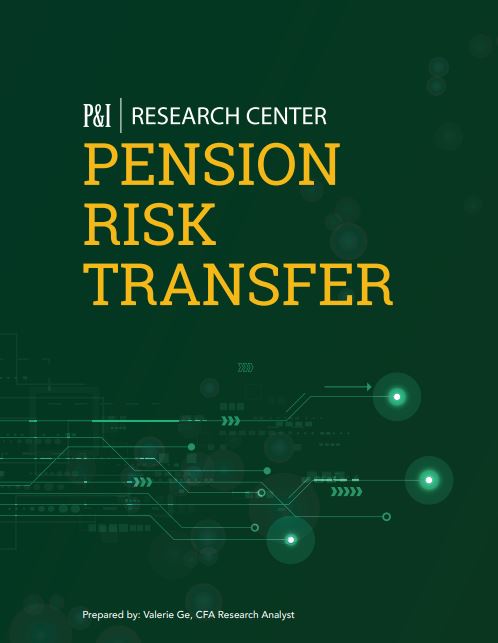US. How many retire with one million dollars?
Saving $1 million (or more) for retirement is a great goal to have. Putting that much aside could make it easier to live your preferred lifestyle when you retire, without having to worry about running short of money. However, not a huge percentage of retirees end up having that much money. In fact, statistically, around 10% of retirees have $1 million or more in savings. The majority of retirees, however, have far less saved. If you’re looking to be...










